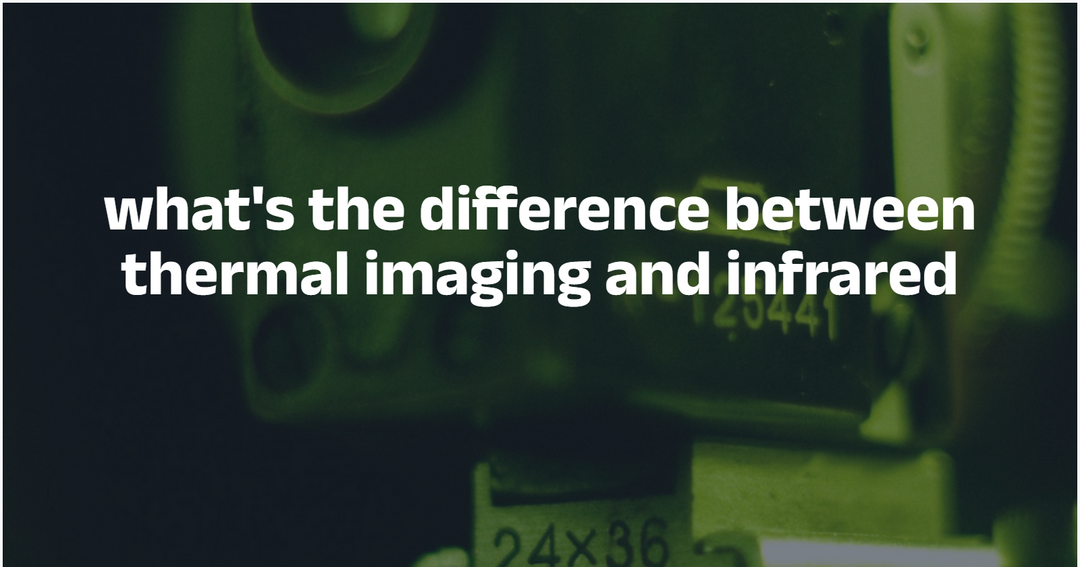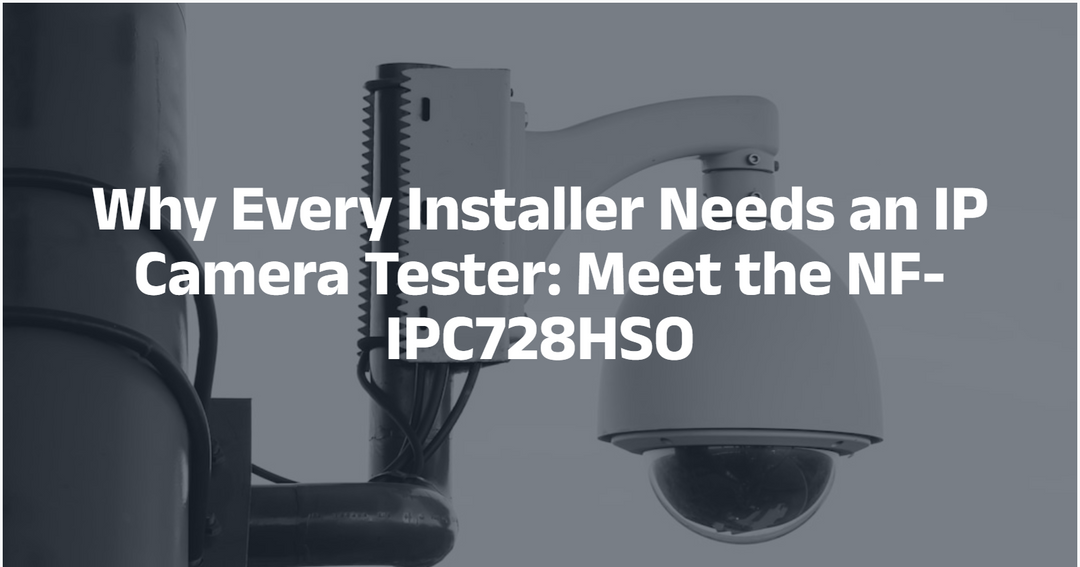The best guide to underground wire, pipe locators in 2023
Before working with any outdoor activity, such as digging a swimming pool, a garden bed, or a BBQ setup, the well-known proverb “call before you dig” always works. Working outdoors without proper guidelines and tools is a hazard one should avoid. Calling a company to do this work for you is expensive and time-consuming. Typically, your utility company won’t know where the underground cables are trespassing. Sometimes the best way to do it on your own is using home-based locator tools that can quickly help you locate underground wires and cables that are hidden or buried. Let’s dig a little deeper.
How to use an underground wire locator?
It’s essential to understand the fundamental workings of an underground wire locator. It will get you ready to utilize wire locators efficiently. It will improve your capacity for tracing distance, target depth, and target position for the cable. There are two techniques for locating buried pipes and wires. The underground wire must conduct electricity in both cases. They must simply be made of metal.
Active Locating:
The target cable is electrically charged in active cable locating, and a receiver detects the resulting signal. For this kind of location, one of two connection methods—conductive (direct) or inductive—is used to construct an electrical circuit allowing current to pass. Introduces a transmitter that uses a controlled and programmed frequency.
Passive Locating:
A passive location method determines its precise location by detecting the radio broadcasts or frequencies already present in an underground utility. Locators search for electromagnetic signals that the utilities are reemitting in this area. But unlike active locating, passive locating is unable to distinguish between service lines.
Today, we’ll look at five types of wire locators, including Noyafa’s NF-826, a professional underground cable/wire/pipeline locator.
- Noyafa NF-826
- Mastech Wire Tracker MS6818
- Leica DD 230
- Ridgid Underground Utility Locator SR20
- TEMPO Communications 501 Tracker II
Noyafa NF826
This locator automatically identifies hidden underground assets such as wires, power cables, heater pipes, or buried lines. It comes with state-of-the-art software which helps the user quickly identify and pinpoint the location of the cable before starting any digging work.
NF-826 is an affordable underground and in-wall wire tracker than the competitors such as Leica DD 230 and Mastech wire tracker. NF-826 consists of a transmitter, receiver, two small, handheld devices with built-in batteries for maximum portability.
It is a suitable device for outdoor or indoor cable detection, such as communication cables, power cables, building pipeline construction, power supply lines, and electric heating lines as well. The transmitter includes connecting wires known as test leads which you can clamp onto a wire or pipe with the help of an alligator clip or test pen. It also consists of a grounding rod connecting to the underground environment where there is no ground wire, increasing the test signal and making it safe and easy to use under various circumstances. Additionally, the transmitter has a built-in flashlight which you can use to spot the power cables in dark basements where there is no light.
Mastech Wire Tracker MS6818
Mastech wire tracker is one of the most affordable solutions on the list. It comprises a transmitter and receiver, two small, handheld devices weighing a combined 1.55 pounds. A pair of test leads that come with the transmitter are clamped onto a pipe or cable using alligator clips that are also included. It is also equipped with a grounding rod, making it simple to operate safely in various situations. The transmitter also has built-in illumination. You won’t be able to trace a wire using this, but you might be able to locate one in a pitch-black cellar with no power.

Leica DD 230
This tool is designed to identify deeper, faster, and more accurately underground assets. DD230 comes with state-of-the-art DX Shield software. This market equipment offers a wide range of detection options for utility workers and anybody else breaking ground. The DD230 SMART locators offer a wire-free connection to field controllers and mobile devices thanks to their scalability and use of Bluetooth technology.

Ridgid Underground Utility Locator SR20
Ridgid underground utility locator SR20 is a heavy outdoor level tool. The device weighs 3.97 pounds in total, making it difficult to hold in one hand. But since this is an all-inclusive unit, the weight results from that. Most detectors of this kind have a transmitter and a receiver in a two-part arrangement. The low cost of this design is an advantage. The drawback is that you must have access to the wire or pipe on at least one end. Without having to connect a transmitter, you may locate any underground conductive material using the Ridgid SR20.

Comparison Chart

Final Verdict/Conclusion
Which underground cable, pipe, and wire locator is the best? Depending on your needs and use case scenario.
The Noyafa NF826 is the first device and most affordable and multi-functional device available in our list. It has enough features to cover the most needs of an average homeowner. It can quickly locate underground cables, wires, and heating pipelines. The operating system is relatively easy to use and understand. It is a solid choice without sacrificing much of your money. Usually, there is a notion that an affordable device is not safe, but that is not the case with NF826, as the device passes RoHS, FCC, and CE compliance testing. Noyafa, as the manufacturer of the NF826, ensures that their devices meet safety standards and are reliable for their customers.
The second device is Mastech wire tracker. It does the task implied by its name: it tracks wires. You will not be capable of using it to locate a hidden cable or trace down a pipe. It is, however, inexpensive and falls well within the budget of any home renovation project. It’s a good option if you’re a homeowner looking to locate a wire with basic features.
The third device on the list is the Leica DD230 device. This device, again, is a costly and complex device to use than the previous option we looked at. The operating system and features are primarily designed for an electronics engineer who understands the complex terms used in the electronic and power field.
Suppose you are looking for an all-rounder best wire locator. In that case, the rigid underground utility is a good tool is the fourth device on the list to help you find any live or dead wire, but it comes with a steep price tag. It is suited for a contractor or a company whose primary source electronics business and finding wires and cables. Indeed, it is not suitable for an average homeowner, and it is not easy to use the device for a regular person.
Finally, last one is the TEMPO Communications 501 Tracker II, a middle-priced selection. It costs less than the Ridgid SR20 and Leica DD230, making it more affordable for the ordinary homeowner. The drawback is it cannot be used to locate dead wires or pipes that don’t have current flowing through them. On the other hand, it’s comparatively simple and helpful for finding a wire break.





